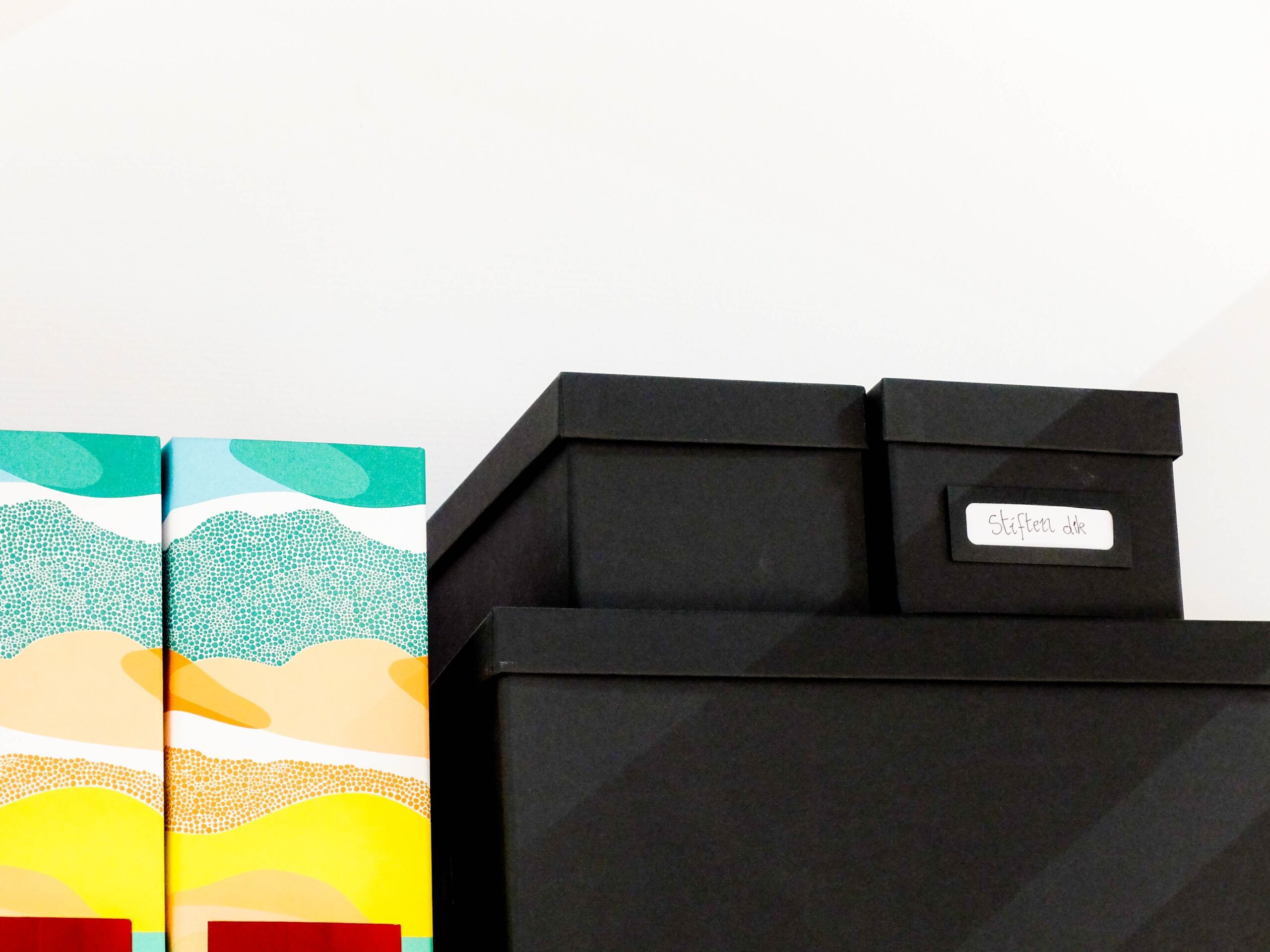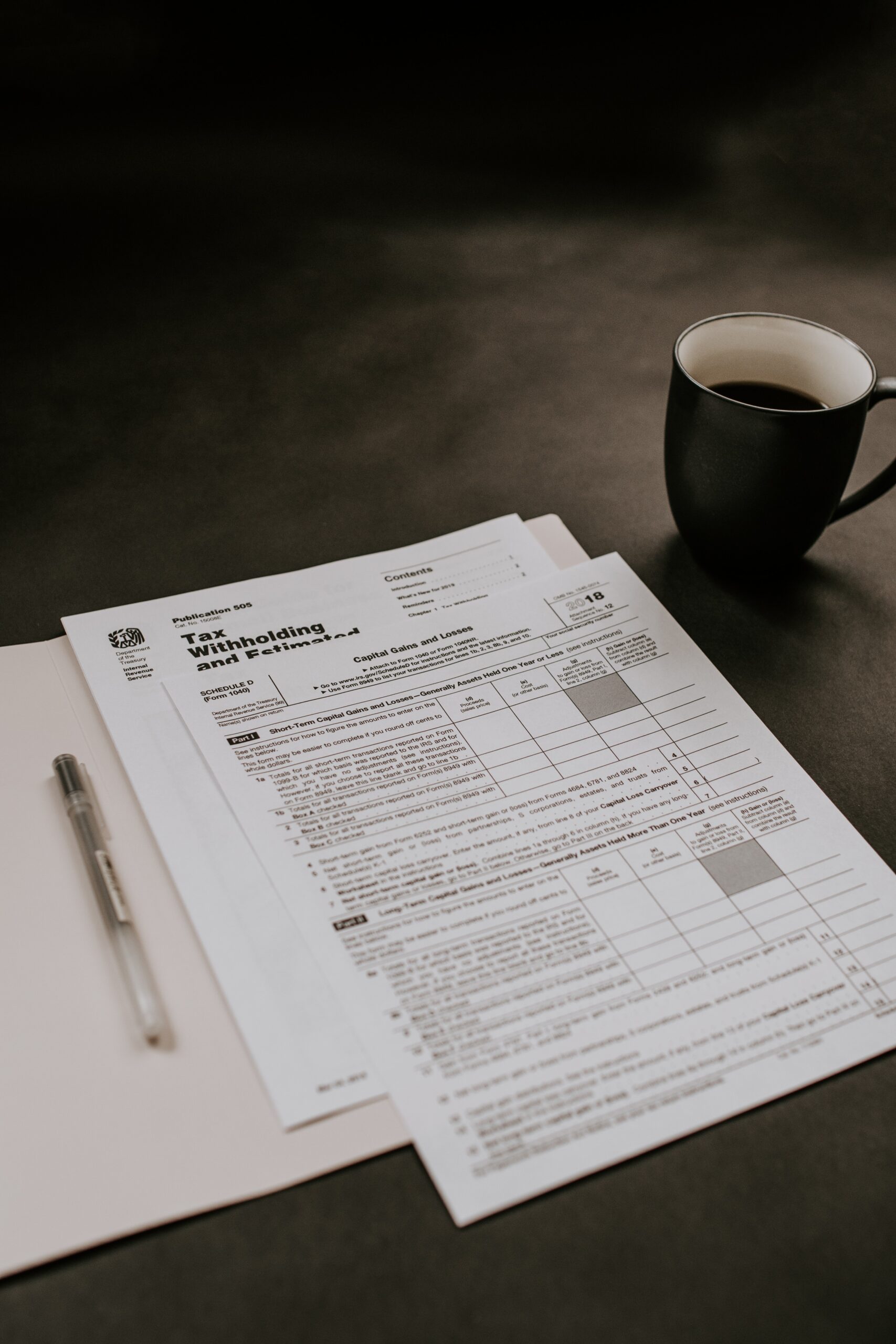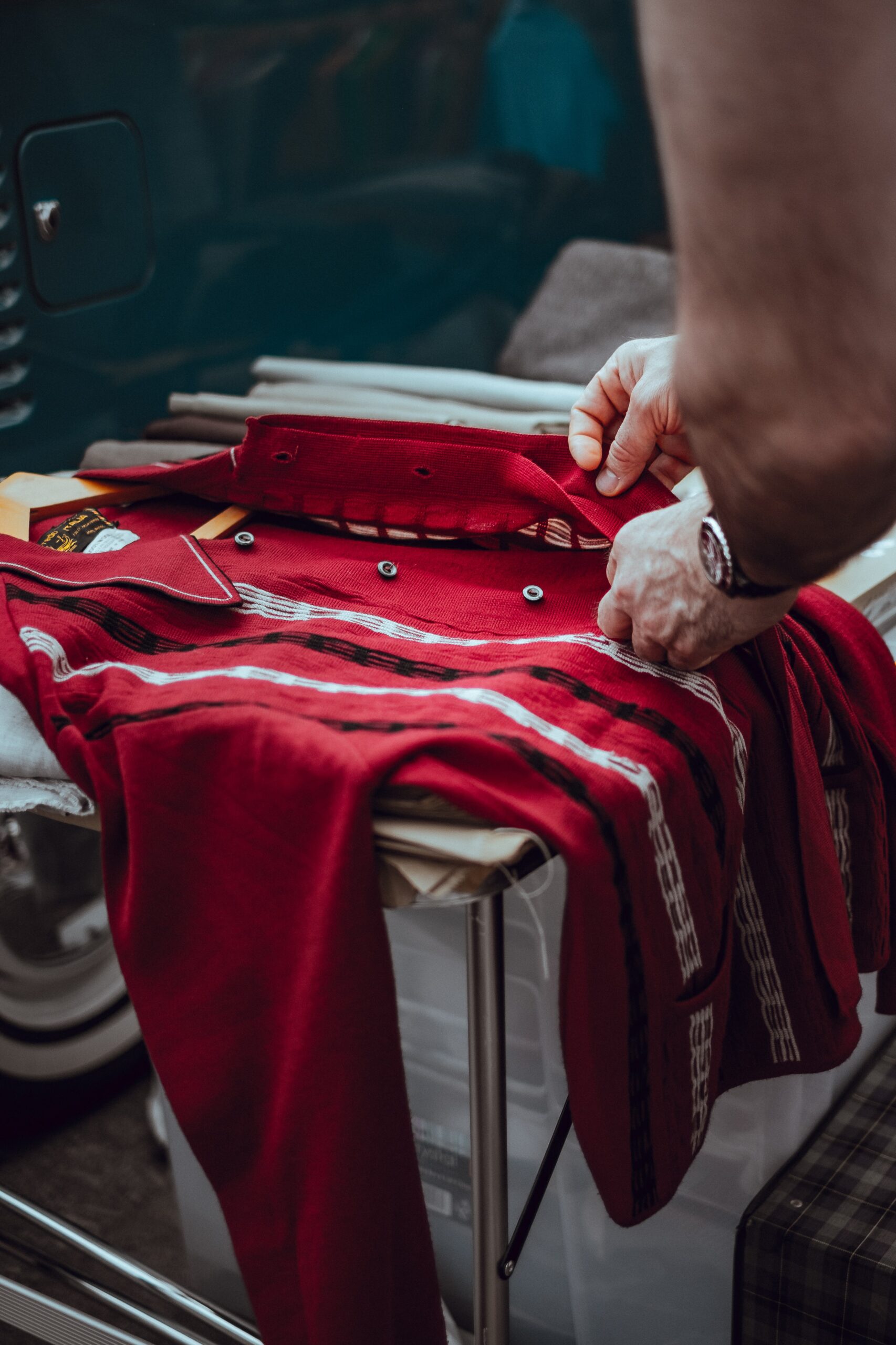Spring cleaning during shelter-in-place? Here are tips for preserving all your favorite things, from photos to clothes to important documents
Spring cleaning is taking on a whole new meaning while we’re all cooped up and social distancing inside. Whether you’re cleaning out your closets or that pesky home office, here are some tips from the Mint’s Library & Archives team on how to preserve the stuff you actually want to keep.
1. Always opt for cardboard storage bins

Contrary to what you see on the stocked shelves at the Container Store, cardboard boxes are usually better than plastic bins for storage. Why? Plastic bins can breed mold since they can seal in moisture. (Pro tip: You know those little packets in new shoe boxes? Those absorb moisture. Hang on them to use to throw in plastic storage bins. Just make sure to keep them away from pets and kids!)
2. With cherished papers, skip the paper clips, staples

From kids artwork on the fridge to awards and certificates, it can be hard to know how to best store our cherished paper possessions. For starters, paper is best kept flat. You’ll want to make sure you papers are unfolded and laid flat for storage. If possible, storing in acid-free file folders will help with preservation (these can be easily ordered online if you don’t have any on hand). You’ll also want to remove any paper clips or staples, as these can rust and ruin your papers. Finally, if your item is too large for a folder, rolling it up will always be better than folding.
3. Embrace acid-free paper with photo albums and scrapbooks

Photo albums and scrapbooks are another tricky item to know how to preserve. The first question here: Is everything glued down? If so, just leave it. The photos can be damaged by trying to remove them. You can add sheets of acid free paper between the pages to help prevent acid from the album pages to migrate and deteriorate your mementos. To save a few bucks, check your printer paper if you have any because it might just be acid free. Put the album in a box for extra protection.
4. Here’s how long you should keep tax and loan docs

Most of us have—but don’t want to admit to—a stack of miscellaneous papers in our homes that seem important and probably shouldn’t be thrown away. But knowing when to actually throw away that tax return or bank statement from three years ago can feel really overwhelming. As a rule of thumb, you should plan to keep tax returns for seven years, loan documents until the loan is paid off, and any one-time documents like social security cards and birth certificates forever, according to Consumer Reports.
5. With clothes and fabric, pack flat and wrap strategically

Well, Joan Crawford was right. No wire hangers! Wood, plastic, or padded hangers are a much better choice to preserve your garments. When saving older garments, they should be packed flat and wrapped in acid-free tissue. Quilts and other fabrics should be handled gently and with care, stored in a cool, dry location, and avoid any cleaning or washing if the fabrics are antiques or may have monetary or sentimental value. Read this article from the National Archives for more quilt and fabric preservation tips.
6. Embrace vampire tendencies
Whether you are storing paper, photos, or clothing, keep them out of the sun and away from heat sources to prevent fading and damage. In addition to light sources, keep your valuables away from sources of moisture or water to avoid mold. Keep away from pipes as well, as they can burst and water damage your items. Garages and basements are not the best places for storage; try keeping cherished items stored inside the house where there is more temperature control instead.
We on the Library & Archives team at the Mint know a thing or two about preservation, but this is just a primer. There are loads of online resources for every type of item you can think of. One of our favorite trusted sources is the North Carolina Preservation Consortium; the Mint is a member!